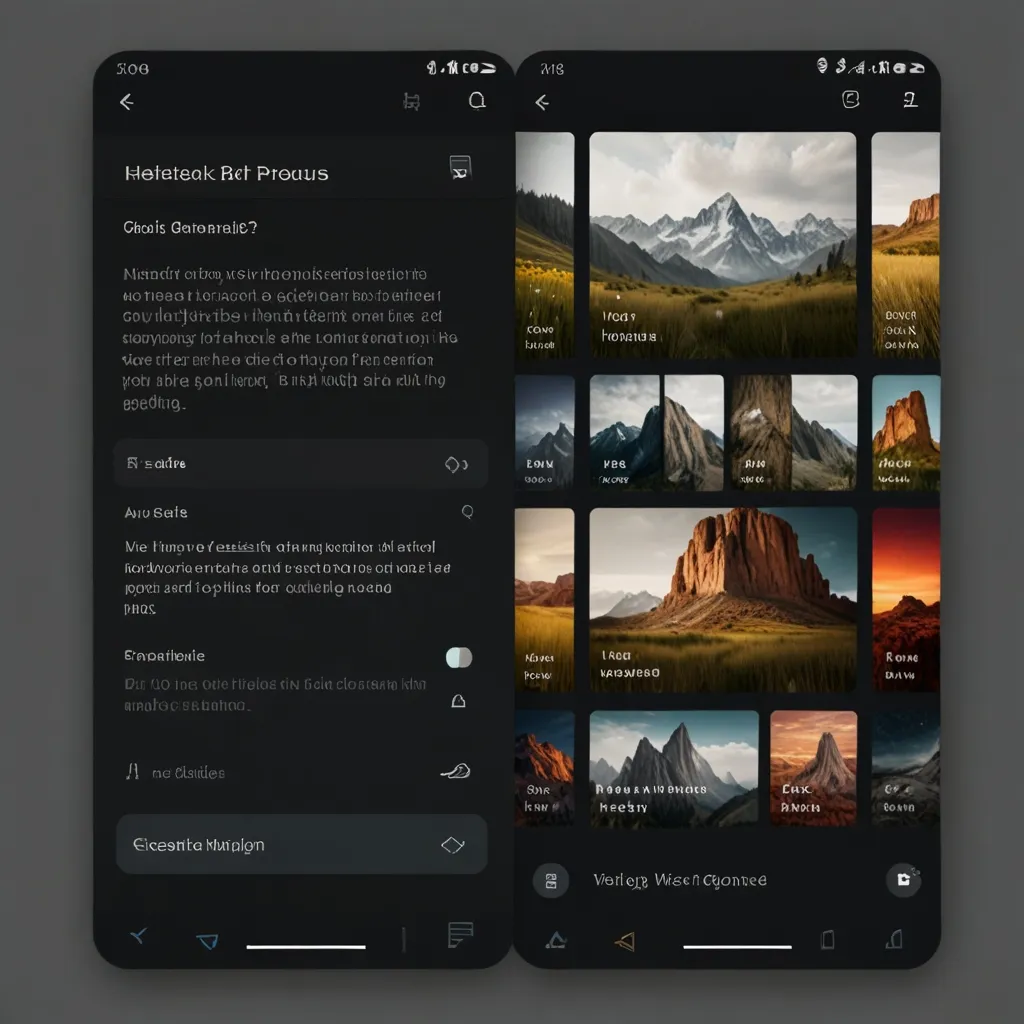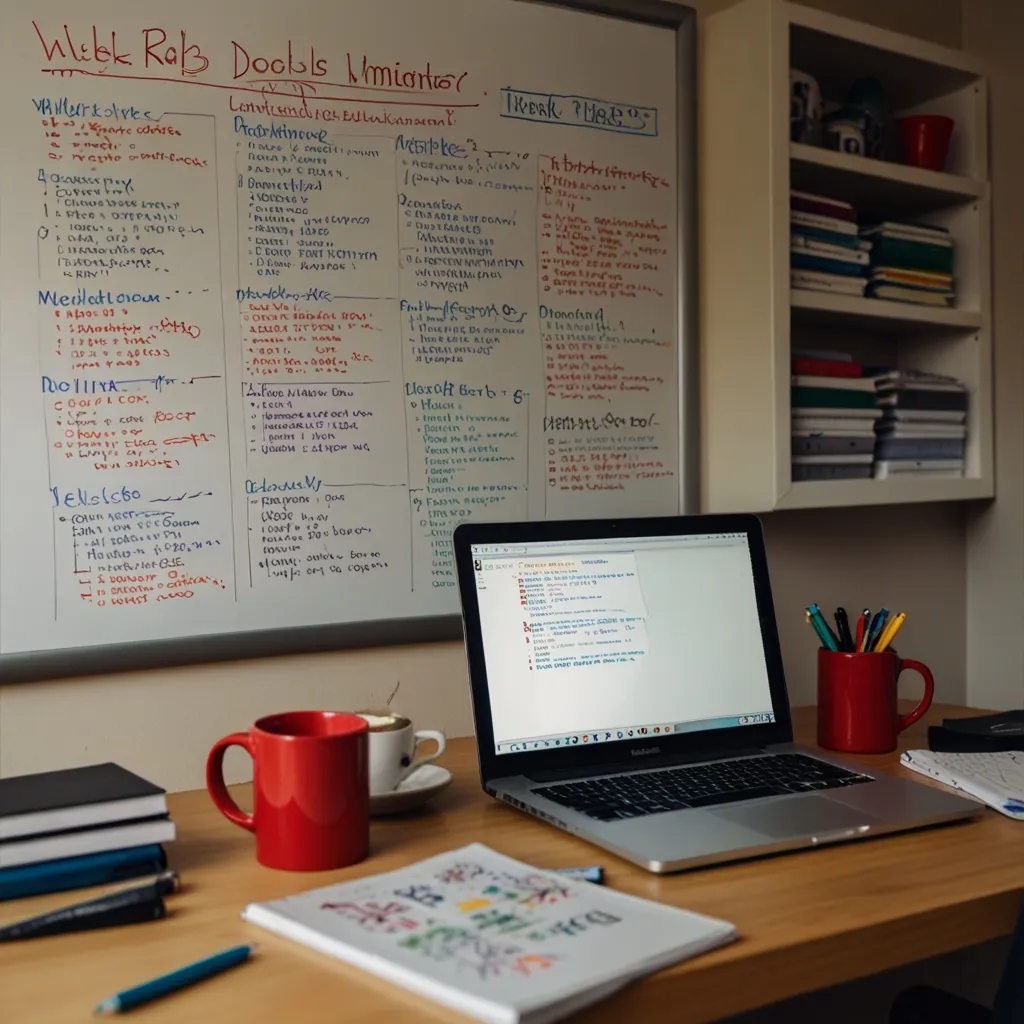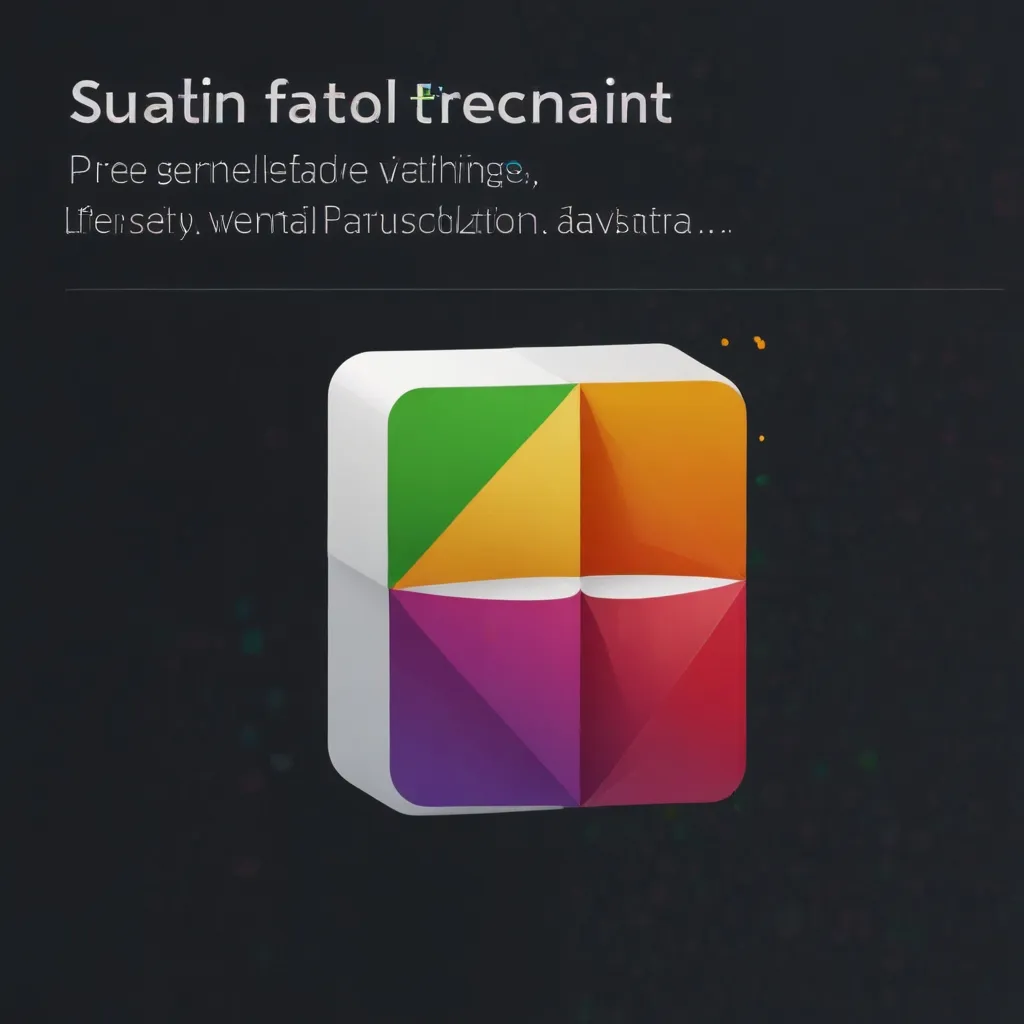Getting Started with Materialize: A Modern, Responsive Front-End Framework
If you’ve ever tried building a modern, responsive web application, you know how crucial it is to pick the right front-end framework. One framework that’s been making waves is Materialize, which draws its inspiration from Google’s Material Design principles. Let’s break down how you can dive into Materialize and take a look at its fantastic features and benefits.
What is Materialize?
Materialize is like that cool toolkit every developer dreams about—loaded with pre-designed CSS styles, components, and JavaScript widgets and plugins. It’s all about making web apps that not only look stunning but also perform well across various devices. Think of it as a unified experience across the board, ensuring your web app looks sick on mobiles, tablets, and desktops alike.
Key Features of Materialize
So, what makes Materialize such an appealing choice for developers?
First off, its responsive design is top-notch. Whether you’re pulling up the page on a smartphone or a widescreen monitor, the user experience remains smooth and visually appealing. No more worrying if your beautiful website will turn into a jumble of elements on a smaller screen.
Next up is the pre-designed components. Imagine not having to build navbars, cards, collections, and progress bars from scratch. These are all set for you, and they’re designed to give immediate feedback to your users, making the entire experience seamless.
Let’s not forget the animations and transitions. Materialize isn’t just about static components. It throws in refined animations and transitions, making your interface engaging and interactive. Who doesn’t love a bit of flair?
Installing Materialize
Ready to roll with Materialize? Here’s how you can get started:
Method 1: Downloading from the Official Website
- Head over to the Materialize CSS official website.
- Download the latest CSS and JavaScript files.
- Drop these files into your project directory.
- Link them in your HTML using
<link>and<script>tags.
Method 2: Using CDN
If you want to cut the hassle of downloading and just get straight to the fun part, using CDN is the way to go. Just paste these links in your HTML:
<link rel="stylesheet" href="https://cdnjs.cloudflare.com/ajax/libs/materialize/1.0.0/css/materialize.min.css">
<script src="https://cdnjs.cloudflare.com/ajax/libs/materialize/1.0.0/js/materialize.min.js"></script>
A Dive into Dialogs
Want a taste of what Materialize can do? Let’s start with dialogs.
First, include the Materialize CSS and JavaScript:
<link rel="stylesheet" href="https://cdnjs.cloudflare.com/ajax/libs/materialize/0.97.3/css/materialize.min.css">
<script src="https://code.jquery.com/jquery-2.1.1.min.js"></script>
<script src="https://cdnjs.cloudflare.com/ajax/libs/materialize/0.97.3/js/materialize.min.js"></script>
You can make dialog notifications (toast) super easy:
<script>
function Toast1(message, timeLength) {
Materialize.toast('<em>' + message + '</em>', timeLength);
}
function Toast2(message, timeLength) {
Materialize.toast('<b>' + message + '</b>', timeLength, 'rounded');
}
function Toast3(message, timeLength) {
Materialize.toast('<u>' + message + '</u>', timeLength);
}
</script>
And here’s how you trigger these with HTML buttons:
<body class="container">
<h4>Toasts</h4>
<a class="btn" onclick="Toast1('Emphasized Alert!', 1500)">Emphasized Alert!</a><br><br>
<a class="btn" onclick="Toast2('Bold N rounded Alert!', 1500)">Bold N rounded Alert!</a><br><br>
<a class="btn" onclick="Toast3('Underlined Alert!', 1500)">Underlined Alert!</a><br><br>
</body>
Click the buttons, and voilà—you’ve got different types of toast notifications popping up.
Materialize Components in Action
Materialize makes it super simple to use its components. Here are some cool examples:
Navbars Creating a navbar becomes a breeze:
<nav>
<div class="nav-wrapper">
<a href="#" class="brand-logo">Logo</a>
<ul id="nav-mobile" class="right hide-on-med-and-down">
<li><a href="#">Navbar Link</a></li>
</ul>
</div>
</nav>
Cards Cards are perfect for displaying content in an elegant way:
<div class="card">
<div class="card-image">
<img src="image.jpg" alt="Sample Image">
<span class="card-title">Card Title</span>
</div>
<div class="card-content">
<p>Here is some more information about this product that is only revealed once clicked on.</p>
</div>
<div class="card-action">
<a href="#">This is a link</a>
</div>
</div>
Collections For listing out items, collections are where it’s at:
<ul class="collection">
<li class="collection-item">Item 1</li>
<li class="collection-item">Item 2</li>
<li class="collection-item">Item 3</li>
</ul>
Tailoring Materialize to Your Needs
One of the beauty of Materialize is its flexibility. You’re not stuck with the default looks.
Using SASS Materialize is built on SASS, a preprocessor that lets you customize variables like colors, font sizes, and more. This can make your website look perfectly in sync with your brand’s identity.
Adding Custom CSS If playing with SASS isn’t your cup of tea, you can always add some custom CSS. Feel free to override default styles and tweak designs to your heart’s content.
Wrapping Up
Materialize isn’t just a framework; it’s like having a magic wand for creating responsive, attractive web applications. Whether you’re a newcomer or a seasoned developer, Materialize offers a plethora of tools and resources to get you started swiftly. With its pre-designed components, sleek animations, and customizability, it’s a standout choice for bringing your web project to life.
So, what are you waiting for? Dive into Materialize today. It’s like having your cake and eating it too—making web development both fun and efficient.






